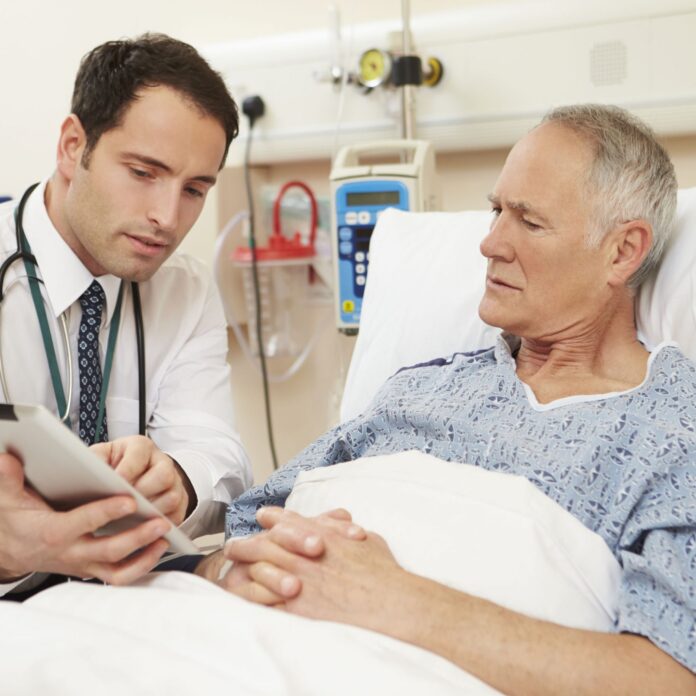Essentially since the advent of health care, diagnosis has been dependent on a direct, face-to-face interaction between the patient and the doctor. But now, as robust, high-capacity mobile networks transmit insightful data generated by sensors and other remote monitors comprising the “Internet of Things,” that paradigm is changing.
A perfect example of how IoT is changing health care is a project involving IT consulting and services firm Infosys and Massachusetts General Hospital in Boston.
The Industrial Internet Consortium, of which Infosys is a member, laid out the challenge: “With extended life spans of the world’s population comes an increased burden on the world’s health care systems. Up to 80% of older adults have at least one chronic health condition that requires continual treatment management. With the advent of accessible IoT technologies, health care providers are now able to access patient remote monitoring and health informatics that can make management of these populations more cost effective and increase the quality of care. However, the slow pace of technology adaptation and proprietary solutions among medical device manufacturers makes it difficult for caregivers to implement a cost-effective IoT solution for patients, which can bring together all pipelined stages of patients’ treatment, from initial diagnosis through lifetime disease management.”
As envisioned, a solution would feature:
- An open, agnostic IoT ecosystem.
- Clinical and remote patient monitoring data accessible through a unified management and analytics platform.
- Asset tracking and management.
- Ability to monitor how well patients follow medicine and treatment instructions; and a communication/alert system.
The end goal of this use case specific testbed is to provide tools that:
- Improve patient health and cut readmissions.
- Enable patients to stay at home while still receiving managed care.
- Improving how well patients stick to treatment routines.
- Giving stakeholders – the patient, their family and caregivers – better access to health information.
“We’re looking at ways we can improve the quality and safety of health care. Unfortunately, preventable medical errors are all too common in hospitals today. In the U.S. alone the statistics are that around 200,000 to 400,000 per year die in hospitals due to preventable medical errors,” said Julian Goldman, a physician with Massachusetts General Hospital’s Medical Device Interoperability Program. “As we think about the complex system of the hospital environment with all the medical devices, information that has to be shared and the increasing complexity of health care delivery, there clearly are opportunities to improve the quality and safety of health care.”
Speaking with Goldman and Infosys IoT Practice Head Jayraj Nair, Stan Schneider, CEO of Real-Time Innovations, which is involved in the testbed, said lessons learned in industrial “Internet of Things” scenarios can be applied to the health care vertical.
“These devices need to be connected together in a very highly reliable way,” Schneider said. “You can’t have any dropouts. You have to know the data is there, you have to be very scaled. Our real goal is to make the connected, intelligent, distributed system part of the care team.”
Goldman agreed, adding: “Historically, our medical devices work completely independently. They don’t act like good citizens in the community all in the care of a single patient. The notion of the ‘Internet of Things,’ especially as applied to health care … with the rigor, the capability, the security and the reliability that we see in the industrial context, can be a key enabler for transforming the way we deliver health care.”
Check out this video discussion of medical IoT applications between Goldman, Schneider and Nair and produced by the Industrial Internet Consortium.

